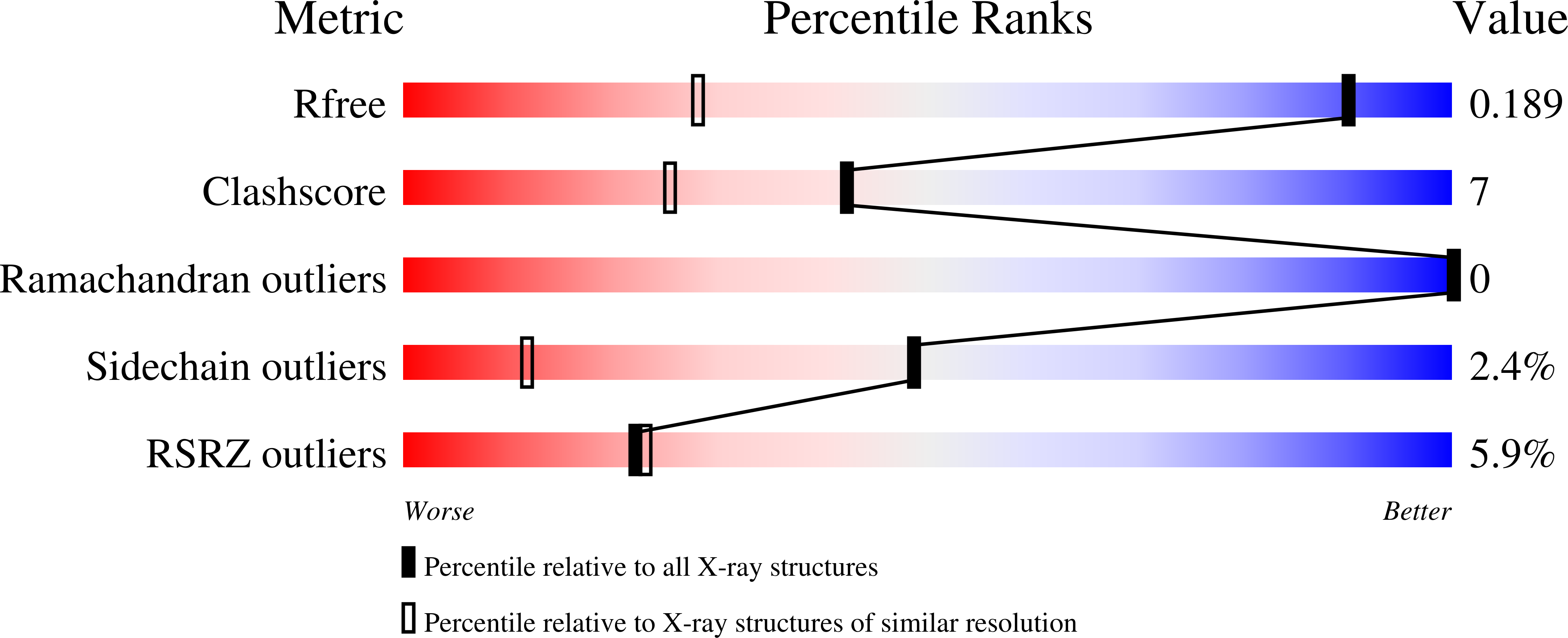
Deposition Date
2009-10-29
Release Date
2009-12-08
Last Version Date
2024-10-30
Entry Detail
PDB ID:
3A9J
Keywords:
Title:
Crystal structure of the mouse TAB2-NZF in complex with Lys63-linked di-ubiquitin
Biological Source:
Source Organism:
Mus musculus (Taxon ID: 10090)
Host Organism:
Method Details:
Experimental Method:
Resolution:
1.18 Å
R-Value Free:
0.19
R-Value Work:
0.16
R-Value Observed:
0.16
Space Group:
P 21 21 21


